Your cart is currently empty!
Tag: CUDA
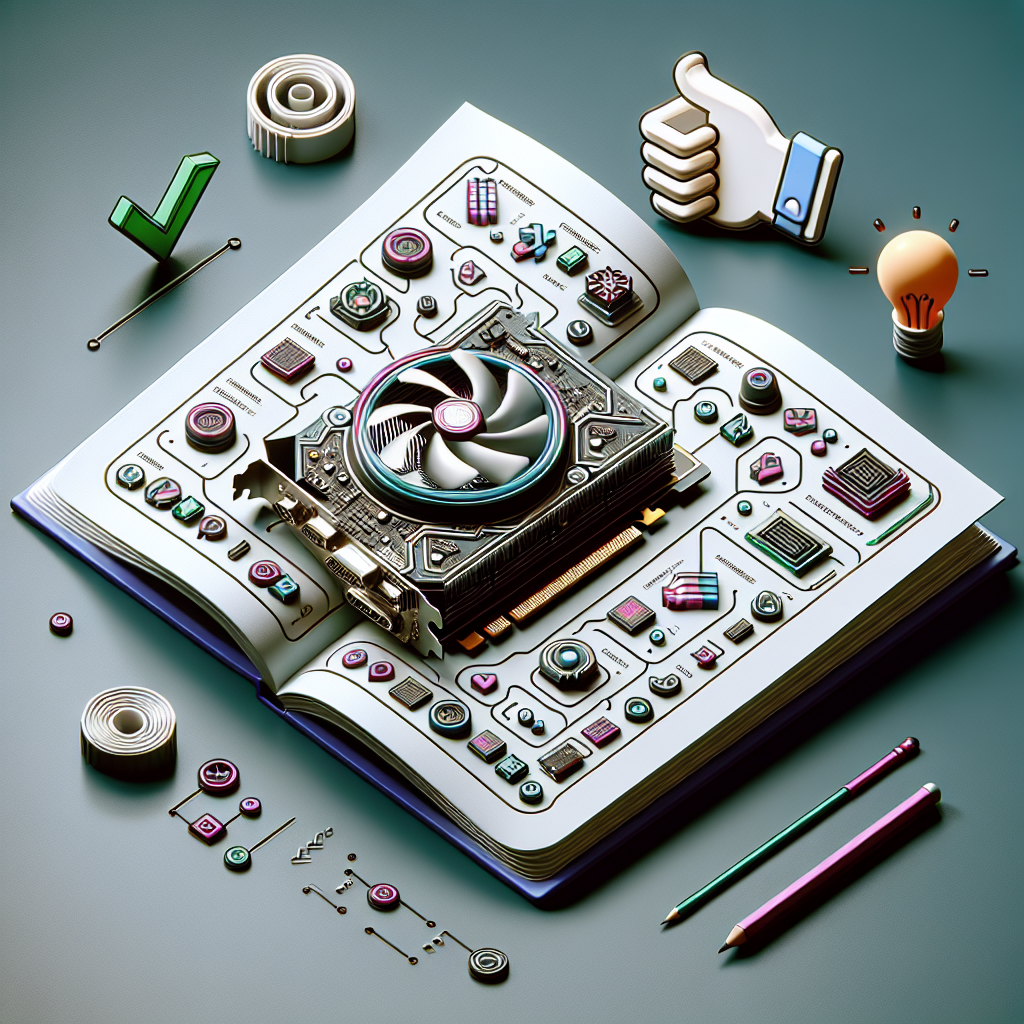
A Beginner’s Guide to Graphics Cards: What You Need to Know
If you’re new to the world of computer hardware, understanding graphics cards can be a bit overwhelming. With so many options and technical jargon to navigate, it can be hard to know where to start. But fear not, we’re here to help! In this beginner’s guide, we’ll break down everything you need to know about graphics cards.What is a Graphics Card?
A graphics card, also known as a GPU (Graphics Processing Unit), is a critical component in any computer system that is responsible for rendering images, videos, and animations on your screen. Essentially, it’s what makes your games look good and your videos run smoothly.
Types of Graphics Cards
There are two main types of graphics cards: integrated and dedicated. Integrated graphics are built into the computer’s motherboard and are sufficient for basic tasks like web browsing and document editing. However, for more demanding tasks like gaming or video editing, a dedicated graphics card is recommended. Dedicated graphics cards have their own processing unit and memory, allowing them to handle more complex graphics tasks.
Factors to Consider When Choosing a Graphics Card
When choosing a graphics card, there are several factors to consider:
1. Performance: The performance of a graphics card is measured in terms of its processing power and memory capacity. For gaming and video editing, look for a card with higher processing power and more memory.
2. Compatibility: Make sure the graphics card is compatible with your computer’s motherboard and power supply. Check the specifications of your computer before making a purchase.
3. Price: Graphics cards can vary greatly in price, so it’s important to set a budget before shopping. Consider your needs and the performance you require when deciding how much to spend.
4. Brand: There are several reputable brands in the graphics card market, such as Nvidia and AMD. Research the different brands and models to find one that suits your needs.
Installing a Graphics Card
Installing a graphics card can be a bit intimidating for beginners, but with the right tools and instructions, it’s a manageable task. Make sure to turn off your computer and disconnect all cables before opening the case. Carefully insert the graphics card into the appropriate slot on the motherboard and secure it with screws. Finally, connect any necessary power cables and reinstall the case cover.
In conclusion, a graphics card is an essential component for any computer system, especially for tasks like gaming and video editing. By understanding the basics of graphics cards and considering factors like performance, compatibility, and price, you can make an informed decision when choosing the right card for your needs. And with a little patience and care, installing a graphics card is a manageable task for beginners.
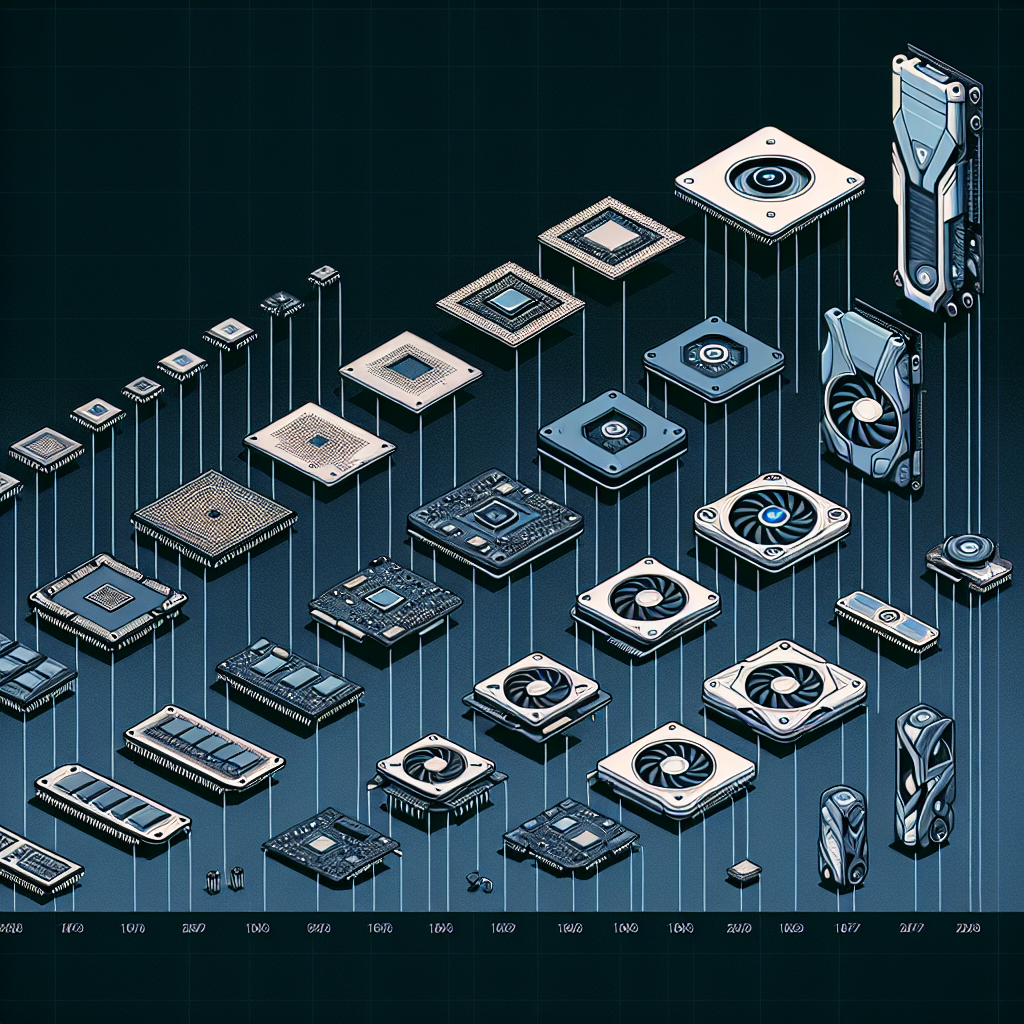
The Evolution of GPUs: From Graphics to Gaming Powerhouses
Over the past few decades, the evolution of GPUs (Graphics Processing Units) has been nothing short of extraordinary. Originally designed to simply handle basic graphics rendering tasks, GPUs have since transformed into powerful gaming powerhouses that can handle complex calculations and computations with ease.In the early days of computing, GPUs were primarily used for rendering basic graphics for computer displays. These early GPUs were often separate cards that needed to be installed in a computer’s motherboard in order to function. While they were essential for displaying graphics, their processing power was limited and they were not well-suited for handling more complex tasks.
However, as technology advanced, so too did GPUs. In the late 1990s and early 2000s, GPUs began to evolve rapidly, becoming more powerful and capable of handling more complex tasks. This evolution was driven in large part by the growing demand for high-quality graphics in video games, as well as the rise of applications that required intensive processing power, such as 3D modeling and scientific simulations.
One of the key turning points in the evolution of GPUs was the introduction of programmable shaders. Shaders are small programs that run on the GPU and are used to control the rendering of graphics in real-time. With the introduction of programmable shaders, GPUs became much more versatile and were able to handle a wider range of tasks, from rendering realistic lighting effects in games to processing complex scientific simulations.
Today, GPUs are used for a wide range of applications, from gaming and entertainment to scientific research and artificial intelligence. Modern GPUs are incredibly powerful and are capable of handling complex calculations and computations with ease. In fact, GPUs are now so powerful that they are often used in high-performance computing clusters and supercomputers to accelerate scientific research and data analysis.
The evolution of GPUs from basic graphics rendering devices to powerful gaming powerhouses has been truly remarkable. As technology continues to advance, it will be exciting to see how GPUs continue to evolve and push the boundaries of what is possible in computing and graphics rendering.
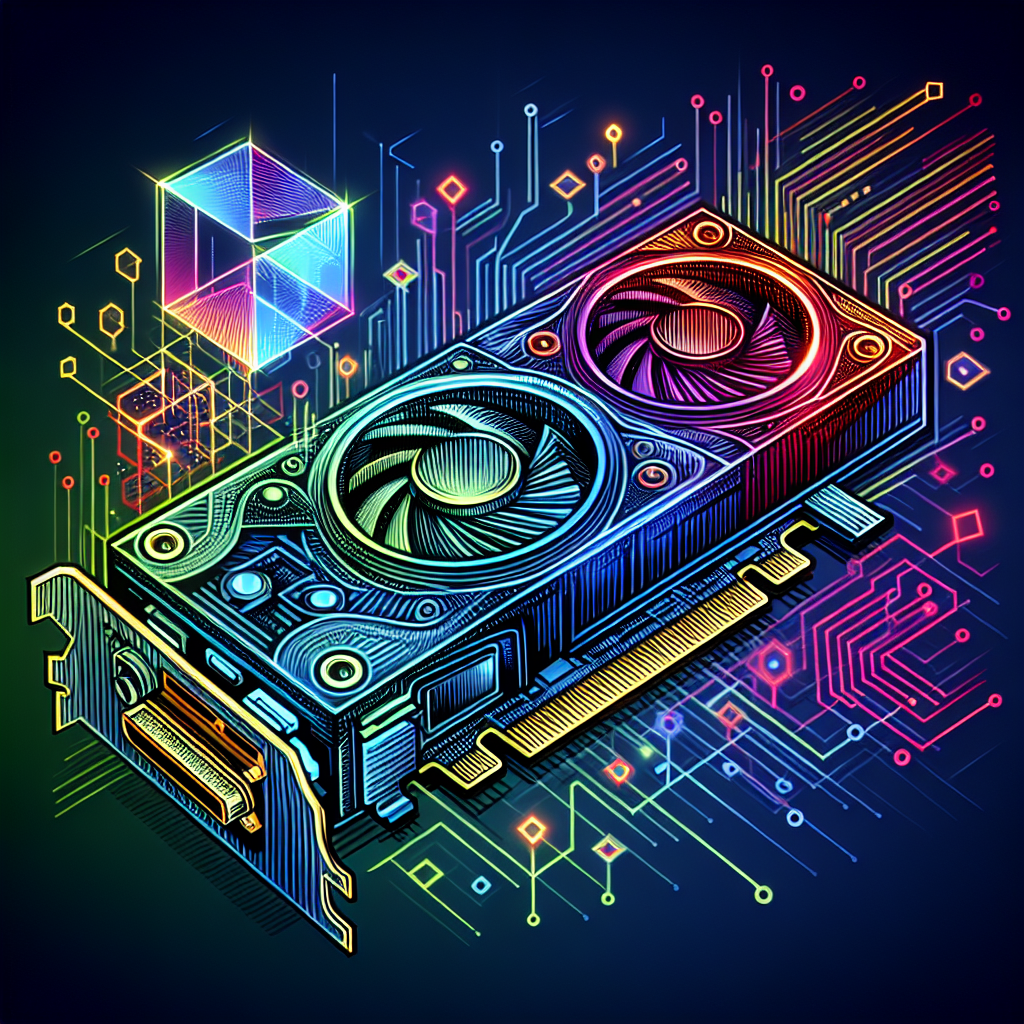
How NVIDIA is Revolutionizing Augmented Reality Technology
Augmented reality (AR) technology has been steadily advancing over the years, becoming more immersive and interactive than ever before. One company that has been at the forefront of this revolution is NVIDIA, a leading provider of graphics processing units (GPUs) and artificial intelligence solutions.NVIDIA has been instrumental in pushing the boundaries of AR technology, enabling developers to create stunning and realistic virtual experiences. The company’s GPUs are known for their unparalleled performance and efficiency, making them the ideal choice for rendering complex 3D graphics in real-time.
One of the key ways in which NVIDIA is revolutionizing AR technology is through its powerful AI-driven algorithms. These algorithms are able to analyze and interpret the real-world environment in real-time, allowing for more accurate and seamless integration of virtual elements into the physical world. This results in a more immersive and interactive AR experience for users.
NVIDIA’s latest GPUs, such as the GeForce RTX series, are equipped with ray tracing technology, which allows for more realistic lighting and shadows in virtual environments. This level of visual fidelity is crucial for creating believable AR experiences that blend seamlessly with the real world.
In addition to its cutting-edge hardware, NVIDIA also offers a range of software tools and development kits that make it easier for developers to create AR applications. These tools provide advanced features such as spatial mapping, object recognition, and gesture tracking, allowing for more sophisticated and intuitive interactions in AR environments.
NVIDIA’s commitment to advancing AR technology can be seen in its partnerships with leading AR developers and content creators. The company has collaborated with companies like Magic Leap, Meta, and Microsoft to bring innovative AR experiences to market, pushing the boundaries of what is possible in augmented reality.
Overall, NVIDIA’s contributions to the field of AR technology are helping to shape the future of immersive computing. With its powerful GPUs, AI algorithms, and software tools, the company is empowering developers to create truly transformative AR experiences that blur the lines between the virtual and physical worlds.
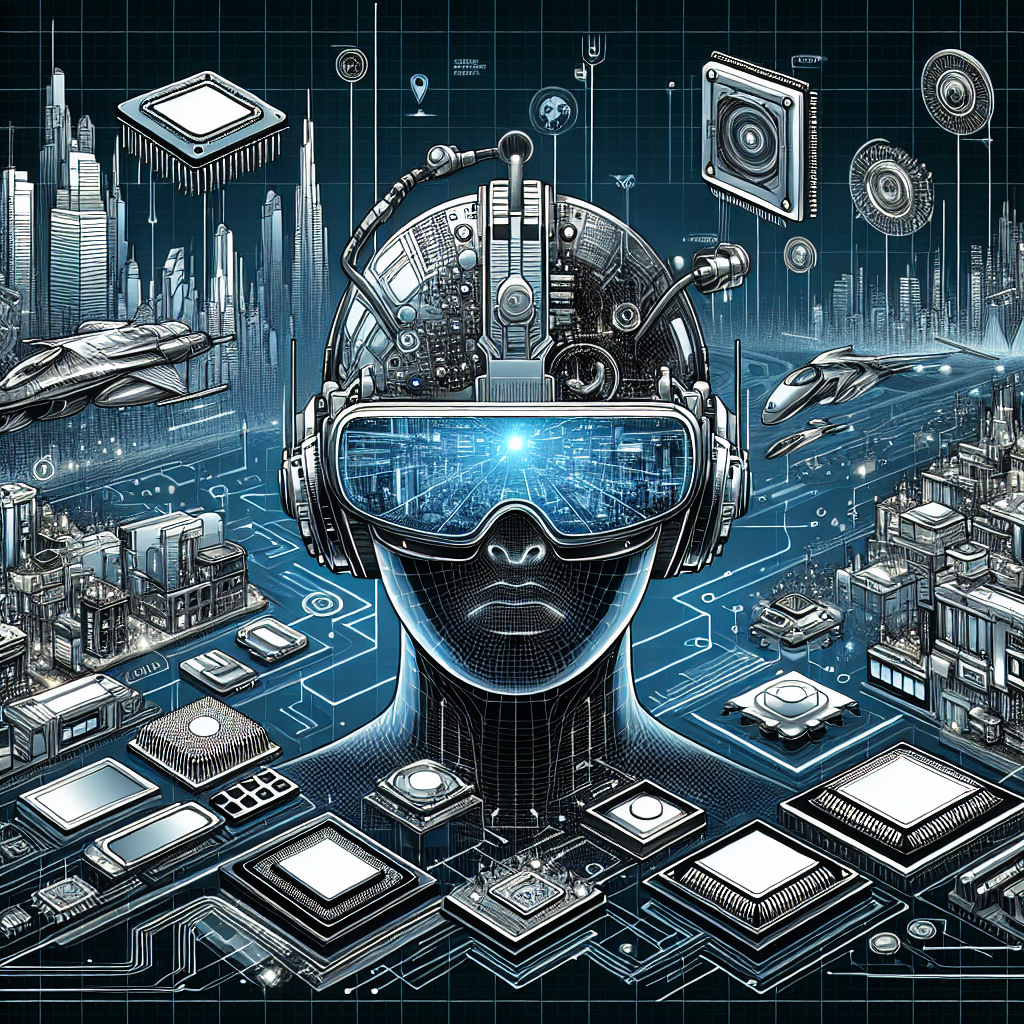
Exploring the Future of Augmented Reality with NVIDIA
Augmented Reality (AR) has been gaining popularity in recent years, with tech companies like NVIDIA leading the way in developing cutting-edge AR technologies. NVIDIA, a leading graphics processing unit (GPU) manufacturer, has been at the forefront of developing AR solutions that are revolutionizing industries such as gaming, healthcare, education, and more.One of the key aspects of NVIDIA’s AR technology is its ability to seamlessly blend virtual elements with the real world, creating an immersive and interactive experience for users. This is made possible by NVIDIA’s powerful GPUs, which enable high-quality rendering and real-time processing of AR content.
In the gaming industry, NVIDIA’s AR technology has opened up new possibilities for gamers to experience their favorite games in a whole new way. By using AR headsets or mobile devices, players can interact with virtual characters and objects in their real-world environment, creating a truly immersive gaming experience.
In healthcare, NVIDIA’s AR technology is being used to revolutionize the way medical professionals train and perform surgeries. By overlaying patient data and diagnostic images onto the surgical field in real-time, surgeons can have a better understanding of the patient’s anatomy and make more precise and accurate decisions during surgery.
In education, NVIDIA’s AR technology is being used to create interactive and engaging learning experiences for students. By overlaying educational content onto real-world objects, students can visualize complex concepts and theories in a more tangible and practical way, leading to better retention and understanding of the material.
Looking towards the future, NVIDIA is continuously pushing the boundaries of AR technology and exploring new applications for its powerful GPUs. From enhancing virtual meetings and remote collaboration to creating personalized shopping experiences and augmented navigation systems, the possibilities for AR with NVIDIA are endless.
As AR technology continues to evolve and become more mainstream, NVIDIA’s commitment to innovation and cutting-edge research will undoubtedly play a key role in shaping the future of augmented reality. With its powerful GPUs and advanced AR solutions, NVIDIA is well-positioned to lead the way in unlocking the full potential of AR technology and revolutionizing how we interact with the world around us.

Exploring the Latest NVIDIA VR Technology: A Game-Changer for Virtual Reality
Virtual reality (VR) technology has come a long way in recent years, and NVIDIA is at the forefront of innovation in this field. The company’s latest VR technology is a game-changer for the industry, offering users an immersive and realistic experience like never before.NVIDIA’s VR technology is powered by its state-of-the-art graphics processing units (GPUs), which are designed to deliver stunning visuals and smooth performance in virtual environments. These GPUs are capable of rendering high-resolution textures, complex lighting effects, and realistic physics simulations, creating a truly immersive experience for users.
One of the key features of NVIDIA’s VR technology is its support for advanced rendering techniques such as ray tracing. This technique simulates the way light interacts with objects in a virtual environment, resulting in more realistic lighting and shadows. This not only enhances the visual quality of VR experiences but also adds a new level of immersion to games and other applications.
In addition to advanced rendering techniques, NVIDIA’s VR technology also includes support for technologies such as variable rate shading (VRS) and foveated rendering. These technologies help to optimize performance and image quality in VR applications, ensuring a smooth and enjoyable experience for users.
Another important aspect of NVIDIA’s VR technology is its support for high refresh rates and low latency. This helps to reduce motion sickness and other discomforts that can be associated with VR experiences, making them more comfortable and enjoyable for users.
NVIDIA’s VR technology is also compatible with a wide range of VR headsets, including popular devices such as the Oculus Rift and HTC Vive. This allows users to experience the benefits of NVIDIA’s technology on their preferred VR platform, ensuring a seamless and high-quality experience.
Overall, NVIDIA’s latest VR technology is a game-changer for virtual reality, offering users an unparalleled level of immersion and realism. With its advanced rendering techniques, support for high refresh rates and low latency, and compatibility with a wide range of VR headsets, NVIDIA is setting the standard for the future of VR technology. Whether you’re a gamer, a designer, or just a VR enthusiast, NVIDIA’s VR technology is sure to impress and delight.
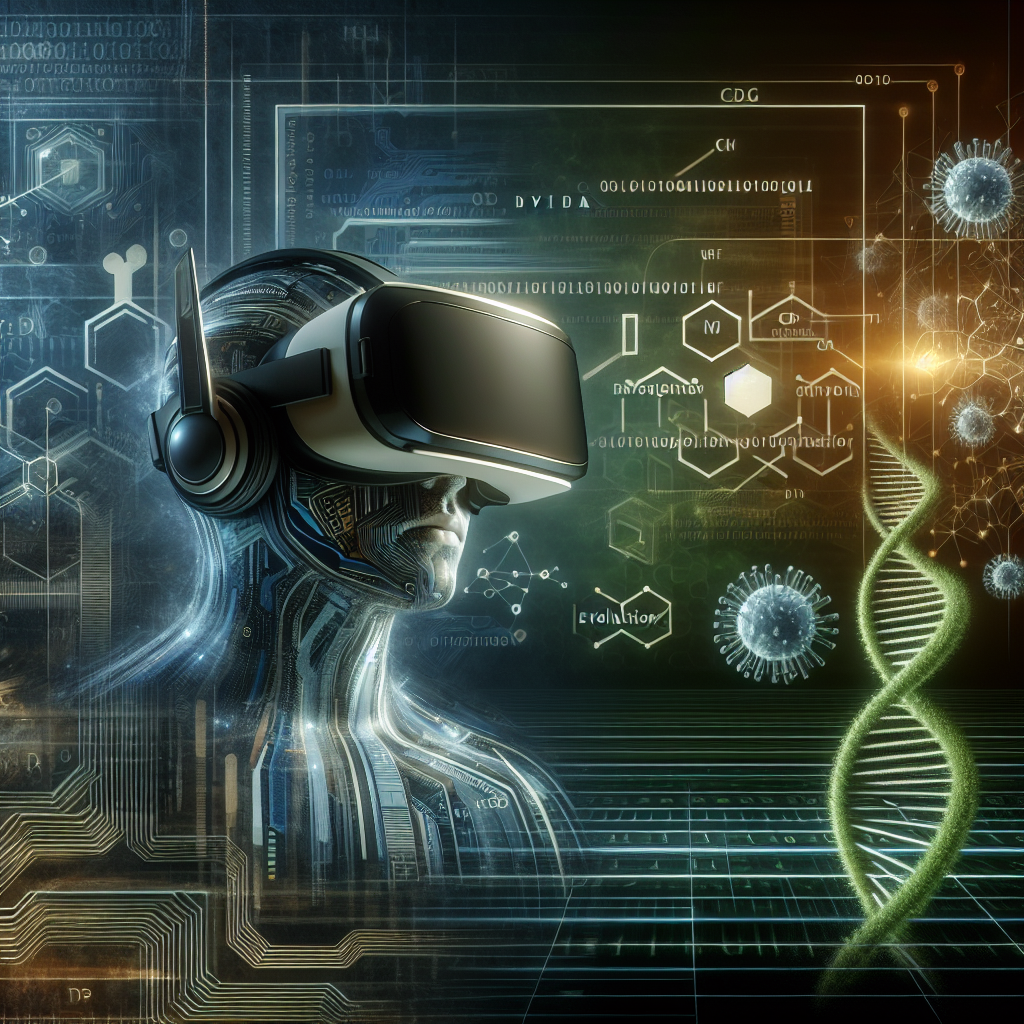
Exploring the Future of Virtual Reality with NVIDIA
Virtual reality (VR) technology has come a long way since its inception, and NVIDIA is at the forefront of pushing the boundaries of what is possible in this exciting field. With their powerful graphics processing units (GPUs), NVIDIA has been able to deliver immersive and realistic virtual experiences that were once only possible in science fiction.One of the key areas where NVIDIA is making a big impact is in the gaming industry. Their GPUs are able to render stunning visuals and create lifelike environments that transport players into a whole new world. With the release of their latest GPUs, such as the GeForce RTX 30 Series, NVIDIA has taken VR gaming to a whole new level with improved graphics, faster frame rates, and smoother gameplay.
But NVIDIA isn’t just focused on gaming when it comes to VR. They are also exploring how virtual reality can be used in other industries, such as healthcare, education, and manufacturing. For example, NVIDIA’s GPUs are being used to create virtual training simulations for surgeons, allowing them to practice complex procedures in a safe and controlled environment. In the education sector, VR technology is being used to create immersive learning experiences that engage students in ways that traditional methods cannot.
In the manufacturing industry, VR is being used for virtual prototyping and design, allowing engineers to visualize and test products before they are even built. This not only saves time and money, but also allows for more innovative and efficient designs.
NVIDIA is also exploring the potential of VR in social interactions. With the rise of virtual meeting platforms and social VR experiences, NVIDIA is working to create realistic avatars and environments that allow people to connect and interact in a more immersive way.
As we look to the future of virtual reality, NVIDIA is leading the way in pushing the boundaries of what is possible. With their powerful GPUs and commitment to innovation, the possibilities for VR technology are truly endless. Whether it’s in gaming, healthcare, education, or beyond, NVIDIA is helping to shape a future where virtual reality becomes an essential part of our everyday lives.
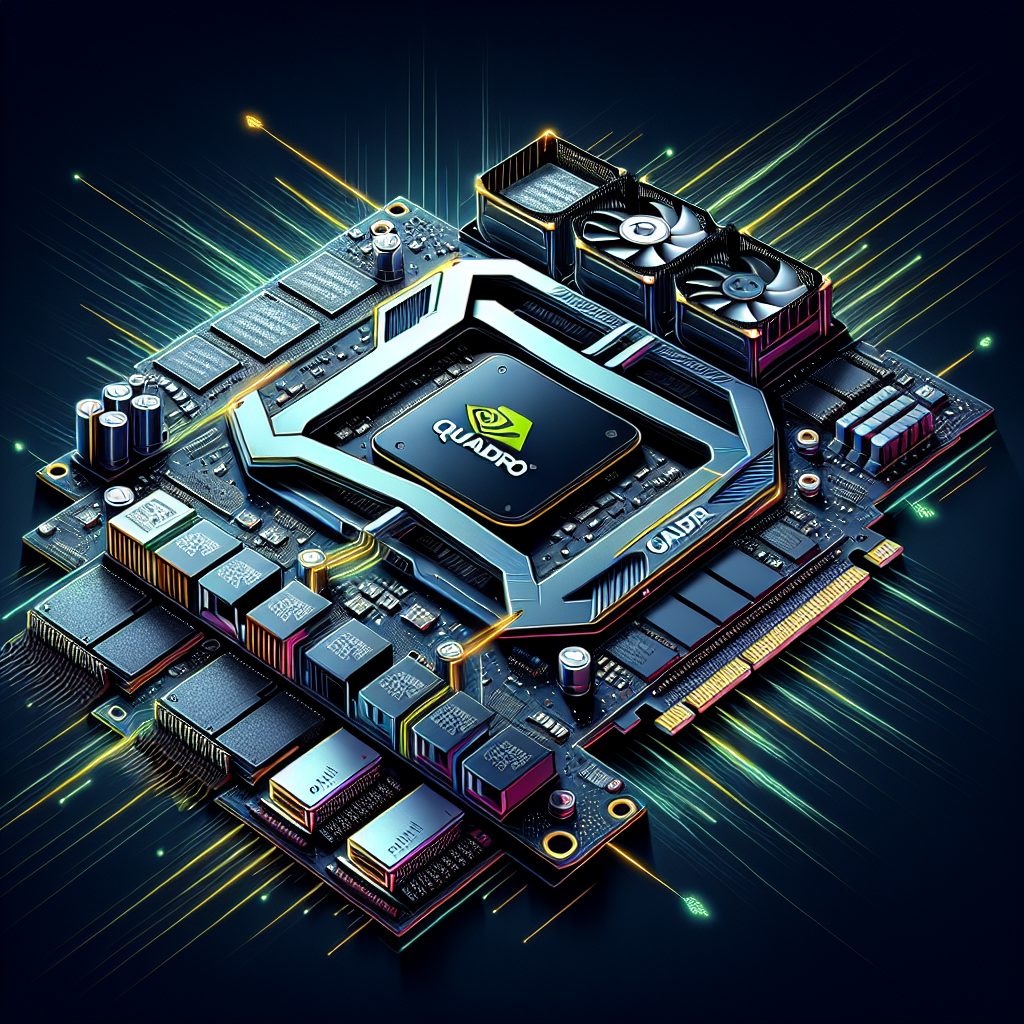
Exploring the Power and Performance of NVIDIA Quadro GPUs
NVIDIA Quadro GPUs are a powerful and versatile series of graphics processing units designed specifically for professional workstations and high-performance computing environments. These GPUs are known for their exceptional power and performance, making them ideal for a wide range of applications, including computer-aided design (CAD), 3D modeling, video editing, scientific visualization, and virtual reality.One of the key features of NVIDIA Quadro GPUs is their ability to deliver superior graphics performance and rendering capabilities. With advanced technologies such as NVIDIA CUDA cores, Quadro GPUs can handle complex visual tasks with ease, allowing professionals to work with large datasets and intricate designs without experiencing lag or slowdown. This makes them an essential tool for industries that rely on high-quality graphics, such as architecture, engineering, and entertainment.
In addition to their raw processing power, NVIDIA Quadro GPUs also offer a range of specialized features that enhance their performance in specific applications. For example, Quadro GPUs are equipped with advanced memory configurations, allowing them to handle large textures and datasets more efficiently. They also support features such as NVIDIA’s Quadro Sync technology, which enables multiple GPUs to work together seamlessly for even greater performance.
Another key advantage of NVIDIA Quadro GPUs is their reliability and stability. These GPUs are rigorously tested and certified for use with leading software applications, ensuring compatibility and optimal performance in professional workflows. This reliability is crucial for professionals who rely on their GPUs to deliver consistent results without any unexpected crashes or errors.
Overall, NVIDIA Quadro GPUs offer a powerful combination of performance, reliability, and specialized features that make them a top choice for professionals in a variety of industries. Whether you’re working on complex 3D models, editing high-resolution video, or conducting scientific simulations, a Quadro GPU can provide the power and efficiency you need to get the job done.
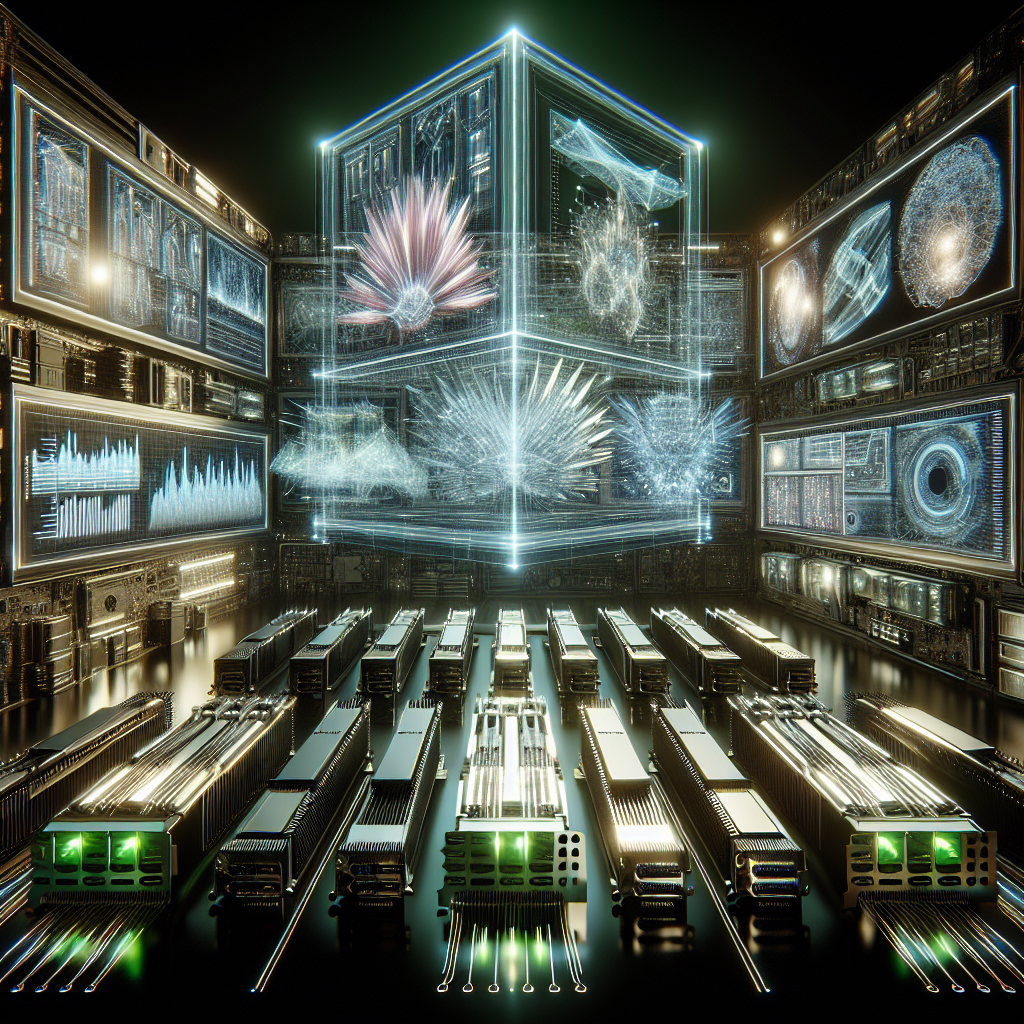
Exploring the Power of NVIDIA Visualization Technology
NVIDIA is a leading technology company that has revolutionized the world of visualization. Their cutting-edge technology has transformed industries ranging from gaming to healthcare, and their visualization technology is at the forefront of this innovation.NVIDIA’s visualization technology is known for its power and efficiency. By harnessing the power of their GPUs, NVIDIA is able to deliver stunning visuals that were once thought impossible. Whether it’s creating lifelike virtual environments in gaming or conducting complex scientific simulations, NVIDIA’s visualization technology is capable of handling the most demanding tasks with ease.
One of the key features of NVIDIA’s visualization technology is its ability to accelerate real-time ray tracing. Ray tracing is a rendering technique that simulates the way light interacts with objects in a scene, creating incredibly realistic images. By using their advanced GPU technology, NVIDIA is able to render these complex scenes in real-time, allowing for a truly immersive visual experience.
In addition to gaming and entertainment, NVIDIA’s visualization technology is also making waves in the field of healthcare. By using advanced visualization techniques, doctors are able to create detailed 3D models of patient anatomy, allowing for more accurate diagnoses and treatment plans. This technology has the potential to revolutionize the way we approach healthcare, making procedures safer and more effective.
NVIDIA’s visualization technology is also being used in fields such as architecture, engineering, and design. By harnessing the power of their GPUs, professionals are able to create detailed models and simulations that were once only possible with expensive and time-consuming methods. This has led to increased productivity and innovation in these industries, as designers are able to bring their ideas to life more quickly and efficiently.
Overall, NVIDIA’s visualization technology is a powerful tool that is changing the way we interact with the world around us. From creating stunning visual effects in games to revolutionizing healthcare and design, NVIDIA’s technology is paving the way for a more immersive and innovative future. With their commitment to pushing the boundaries of what is possible, NVIDIA is sure to continue to lead the way in visualization technology for years to come.
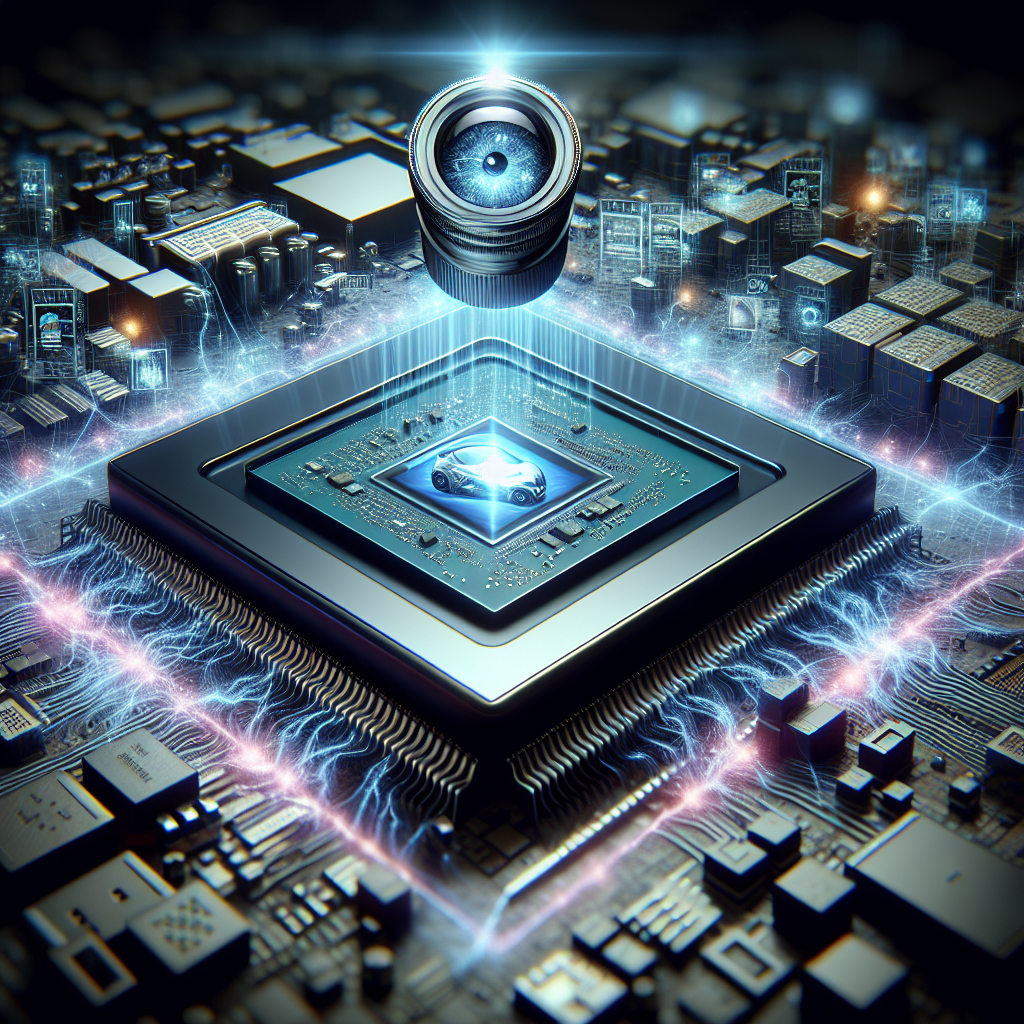
Exploring the Power of NVIDIA DRIVE: A Comprehensive Overview
NVIDIA DRIVE is a revolutionary platform that is transforming the automotive industry by harnessing the power of artificial intelligence to create safer and more efficient autonomous vehicles. This cutting-edge technology is paving the way for a future where self-driving cars are the norm, providing a level of safety and convenience that was once thought to be impossible.At the heart of NVIDIA DRIVE is the powerful NVIDIA DRIVE AGX platform, which is specifically designed to enable autonomous driving at all levels. This platform combines state-of-the-art hardware with advanced software to provide the processing power necessary for real-time decision-making on the road. With the ability to process vast amounts of data from sensors, cameras, and other inputs, NVIDIA DRIVE AGX is able to quickly analyze the surrounding environment and make split-second decisions to ensure the safety of passengers and pedestrians.
One of the key components of the NVIDIA DRIVE platform is the NVIDIA DRIVE Constellation simulation platform, which allows developers to test and validate their autonomous driving algorithms in a virtual environment. This simulation platform enables developers to create realistic scenarios that mimic real-world driving conditions, allowing them to fine-tune their algorithms and ensure that their autonomous vehicles are capable of handling any situation that may arise on the road.
In addition to the NVIDIA DRIVE AGX platform and the NVIDIA DRIVE Constellation simulation platform, NVIDIA also offers a range of software development tools and libraries that make it easier for developers to create autonomous driving applications. These tools provide access to a wide range of AI algorithms and deep learning frameworks, allowing developers to quickly build and deploy sophisticated autonomous driving systems.
Overall, the power of NVIDIA DRIVE is transforming the automotive industry by enabling the development of safer and more efficient autonomous vehicles. With its advanced hardware, software, and simulation platforms, NVIDIA DRIVE is paving the way for a future where self-driving cars are not only possible but commonplace. As this technology continues to evolve and improve, we can expect to see a dramatic shift in the way we think about transportation, with autonomous vehicles becoming an integral part of our daily lives.
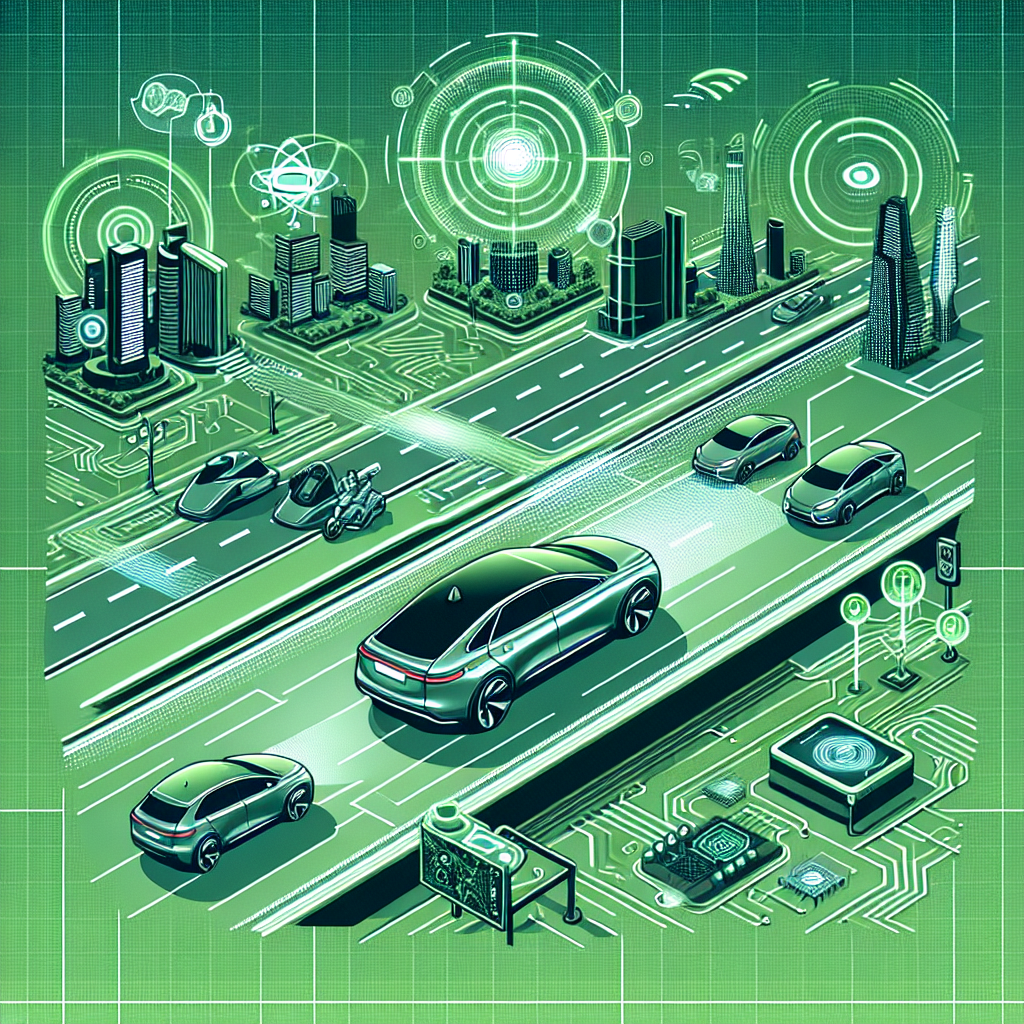
NVIDIA’s Groundbreaking Technology Driving the Future of Autonomous Vehicles
NVIDIA has been at the forefront of developing groundbreaking technology that is driving the future of autonomous vehicles. Their innovative solutions are revolutionizing the way we think about transportation and are paving the way for a future where self-driving cars are the norm.One of the key technologies that NVIDIA has developed is their advanced AI computing platform, known as NVIDIA Drive. This platform is designed to power autonomous vehicles and provide them with the processing power they need to make split-second decisions on the road. The Drive platform uses deep learning algorithms to analyze data from sensors such as cameras, lidar, and radar, allowing the vehicle to understand its surroundings and navigate safely through traffic.
In addition to the Drive platform, NVIDIA has also developed a range of software tools and development kits that are helping automakers and tech companies accelerate the development of autonomous vehicles. These tools include the NVIDIA DRIVE Constellation, a cloud-based simulation platform that allows developers to test their autonomous driving algorithms in a virtual environment before deploying them on real vehicles.
NVIDIA’s technology is already being used by leading automakers such as Audi, Mercedes-Benz, and Toyota to develop their own autonomous driving systems. These companies are leveraging NVIDIA’s expertise in AI and deep learning to create vehicles that are safer, more efficient, and more environmentally friendly than ever before.
One of the key advantages of NVIDIA’s technology is its ability to continuously improve and adapt to new challenges. The company is constantly refining its algorithms and software tools, ensuring that their autonomous driving systems are always up-to-date with the latest developments in AI and machine learning.
Overall, NVIDIA’s groundbreaking technology is driving the future of autonomous vehicles and helping to shape a world where self-driving cars are a reality. With their innovative solutions and commitment to excellence, NVIDIA is leading the way towards a safer, more efficient, and more sustainable transportation system.
